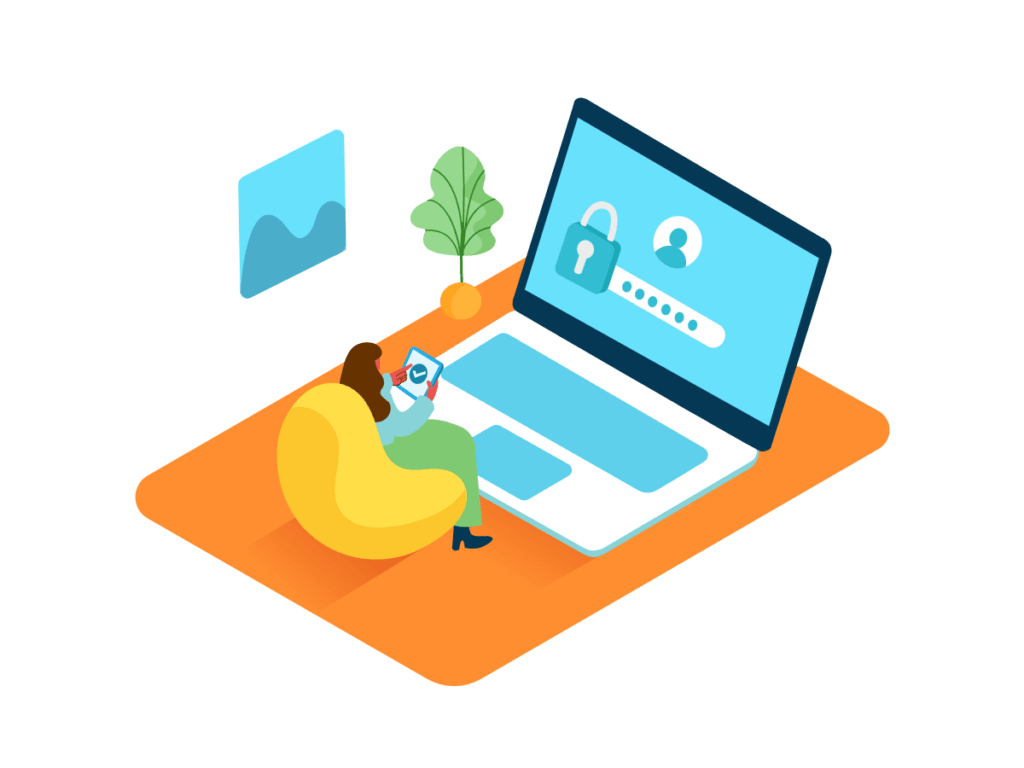
In today’s digital age, where our lives are increasingly intertwined with the online world, securing your accounts is paramount. Cyberattacks and data breaches are becoming more sophisticated and common, making it essential to adopt robust security measures to protect your sensitive information. In this blog post, we’ll explore key strategies for safeguarding your accounts, complete with facts and figures to highlight the importance of these practices. Kloudify Technologies Australia consider your security top priority for your growth.
1) Multi-Factor Authentication (MFA)
According to a report by Google, enabling MFA on your accounts can prevent 99.9% of automated attacks.
Multi-Factor Authentication (MFA) is a vital layer of security that goes beyond the traditional username and password. MFA requires users to provide at least two forms of verification, such as a password and a one-time code sent to their mobile device. Here’s why MFA is crucial:
– Increased Security: Even if a hacker obtains your password, they won’t be able to access your account without the second factor.
– Reduced Risk: MFA significantly reduces the risk of unauthorised access, as it’s unlikely that an attacker will have access to both your password and your mobile device.
2) Implement Access Controls
The Identity Theft Resource Center reported 1,862 data breaches in 2020, highlighting the need for stricter access controls. Access controls involve limiting who can access your accounts and what they can do once they gain access. Here’s how to implement effective access controls:
– Role-Based Access: Assign different levels of access based on roles within your organisation or family. Not everyone needs the same level of access.
– Regular Review: Periodically review and update access permissions to ensure they remain relevant and necessary.
– Two-Factor Access Controls: Consider using MFA to secure sensitive accounts further.
3) Use Strong Passwords or Passphrases
The National Institute of Standards and Technology (NIST) recommends using passphrases because they are longer and more secure than traditional passwords. Passwords are the first line of defence against unauthorised access. To create strong, resilient passwords or passphrases:
– Length and Complexity: Aim for a minimum of 12 characters, including a mix of upper and lower case letters, numbers, and special symbols.
– Avoid Common Words: Refrain from using easily guessable words or phrases, such as “password” or “123456.”
– Unique for Each Account: Never reuse passwords across multiple accounts to prevent a single breach compromising multiple accounts.
4) Manage Shared Accounts
A survey by LastPass found that 61% of organisations share passwords, increasing the risk of security breaches. Sharing accounts can be necessary in various scenarios, but it also poses security risks. To manage shared accounts securely:
– Password Managers: Use a password manager to securely store and share passwords among authorised users.
– Rotate Passwords: Regularly change shared account passwords and update access permissions when team members leave or roles change.
– Track Usage: Keep a record of who has access to shared accounts and when they last accessed them.
Kloudify Technologies Australia can be your companion in this journey. Securing your accounts is an ongoing process that requires vigilance and proactive measures. By implementing MFA, robust access controls, strong passwords or passphrases, and careful management of shared accounts, you can significantly reduce the risk of falling victim to cyberattacks and data breaches. Stay safe online and protect your valuable information!
read more about latest information: ACSC Small Business Cyber Security Guide

